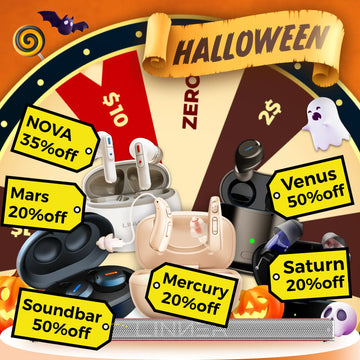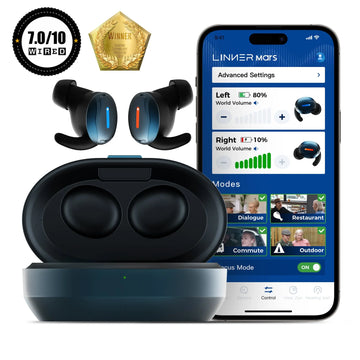The transformation of hearing aids over the centuries is a testament to mankind's inventiveness and compassion. Understanding this evolution provides a unique perspective on the dedication to improving the lives of those with hearing impairments.
Ancient Beginnings: Before the invention of dedicated devices, people used their hands or hollowed-out objects to amplify sounds. Archaeological findings suggest that ancient civilizations, from Egyptians to Greeks, made use of rudimentary devices like hollowed-out animal horns to channel sound.
The Era of Ear Trumpets: Between the 17th and 19th centuries, the iconic ear trumpet came into existence. Fashioned from materials like brass or seashells, these conical devices gathered and funneled sound into the ear, offering a basic form of amplification.
Electrical Age Breakthroughs: The late 19th and early 20th centuries marked a significant leap. With the invention of the telephone, a foundational technology was established. The Akouphone, the earliest electric hearing aid, utilized a carbon transmitter to amplify sounds and was a groundbreaking invention of its time.
Vacuum Tubes and Miniaturization: The 1920s saw the introduction of vacuum tubes, revolutionizing the amplification capabilities of hearing aids. However, these models were quite bulky. The real game-changer was the invention of the transistor in the 1950s. This led to smaller, wearable devices and was the precursor to the miniaturized hearing aids we're familiar with today.
Digital Domination: The 1980s ushered in the age of digital hearing aids. These devices converted sound waves into digital signals, allowing for more precise sound processing, noise reduction, and user customization. As technology advanced, features like directional microphones and wireless connectivity were integrated.
Modern Marvels and Beyond: The contemporary hearing aid, epitomized by models like the LINNER Deluxe, is a marvel of technology. Seamless integration with smartphones, real-time environmental adjustments, AI-driven features, and even health monitoring tools are now part of the package. The current focus is not only on improving hearing but enhancing overall user experience and lifestyle.
Future Possibilities: The horizon holds exciting possibilities. With advancements in nanotechnology, AI, and biotechnology, the future might witness entirely implantable hearing aids, direct neural interfacing, or even solutions to reverse certain types of hearing loss.
The journey of hearing aids paints a picture of humanity's progress, resilience, and ingenuity. As we reflect on the past and look to the future, it becomes clear that the quest to improve communication and connection is a timeless endeavor.





